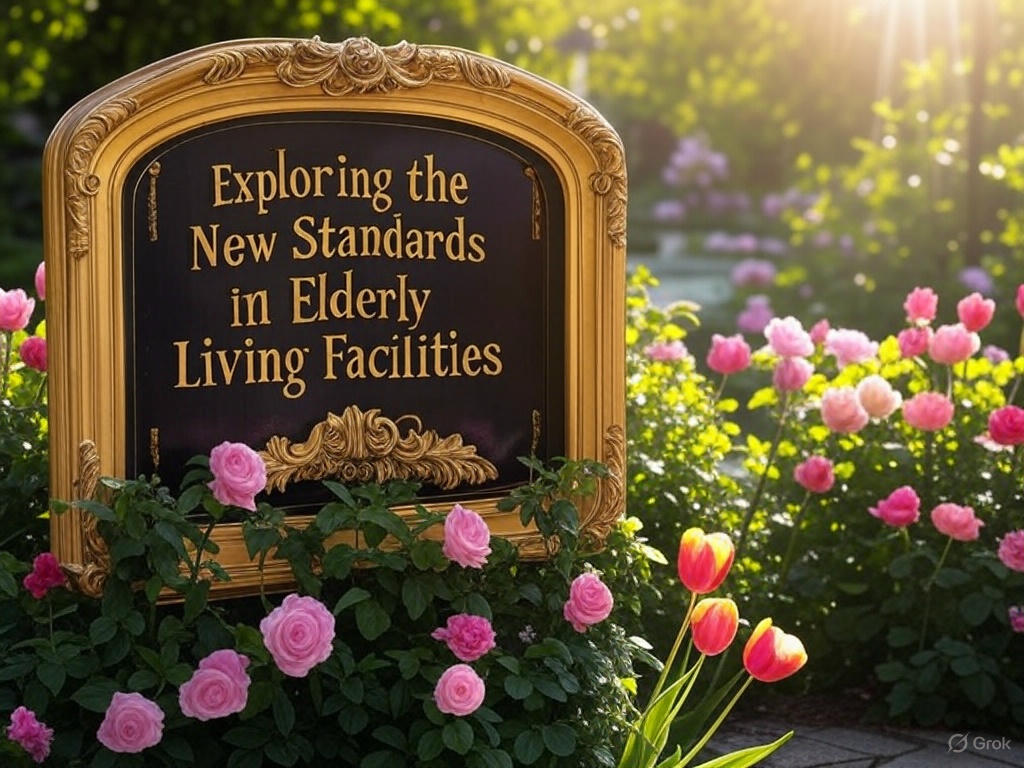Exploring the New Standards in Elderly Living Facilities

While the expectations of senior care are developing, older facilities in older people are subjected to a quiet revolution. Modern nursing homes are no longer just places where older adults receive medical support – they become dynamic environments to promote dignity, independence and community.
From architecture design to technological integration and personalized care, the new standards in older attendance are reflected in a broader cultural change towards aging with purpose and joy.
Design, the comfort and dignity prioritized
Gone are the days of sterile, hospital -like environments. Today’s attendance of older people include homely aesthetics and thoughtful layouts to create spaces that feel inviting and safe. Wider corridors for access to the wheelchair, better lighting for reducing the fall risk and the calm, neutral decor help to reduce fear and confusion, especially for residents with dementia. Outdoor areas are also becoming more and more important and offer safe gardens in which the residents can enjoy fresh air, gentle movement and social interactions.
Personalized care plans
Modern facilities emphasize the person -centered care. Instead of a uniform approach, the nursing teams work closely with the residents and their families to develop individual care plans. These take into account not only medical needs, but also preferences, hobbies and routines. This shift enables residents to keep a feeling of control and identity – crucial for emotional well -being.
Nutrition and restaurants have also seen a transformation. The residents can often choose from a number of healthy, freshly prepared meals that are suitable for their nutritional needs with the possibility of eating privately in municipal eating areas or privately. Meals become social events that promote the structure of the community and reduce loneliness.
Integration of the technology
The technology increasingly contributes to improved security and commitment. Portable devices can monitor important signs and notify employees of potential problems before escalating in emergencies. Movement detectors also help privacy to persecute movements. At the same time, tablets and digital communication tools enable residents to connect with the family, to participate in cognitive games or to join virtual group activities.
These progress is accepted by high -quality nursing service providers across Great Britain, including the nursing services in Andover, which is provided by Ashborne Court, where the technology with compassion in a carefully curated living environment corresponds.
Community and intellectual well -being
Modern nursing homes also focus more on social well -being and mental health. Activity coordinators design daily schedules, including handicrafts, gentle training courses, music therapy and local excursions. Religious services, book clubs and cross -generational programs help the residents to maintain a feeling of belonging and the purpose. Many houses also offer self -help groups for families and promote a collaborative approach to nursing.
Sustainability and future readiness
Nurses are increasingly recognizing the importance of environmental responsibility. Many carry out measures to reduce their carbon effects, e.g. B. the construction of energy -efficient facilities and the procurement of meals sustainably and at the same time the quality of life of the residents. In addition, findings that have been gained from recent worldwide health crises have led to improved readiness in the facilities, with stronger hygiene practices and adaptable visiting guidelines.
Diploma
The new standards in facilities of older people live a deeper understanding of what it means to age well. By combining innovative designs, personalized care and focus on well -being, these houses create surroundings in which seniors can thrive. Since the demand for such institutions is growing, it is encouraging that care develops – not just from safety, but for the quality of life.





